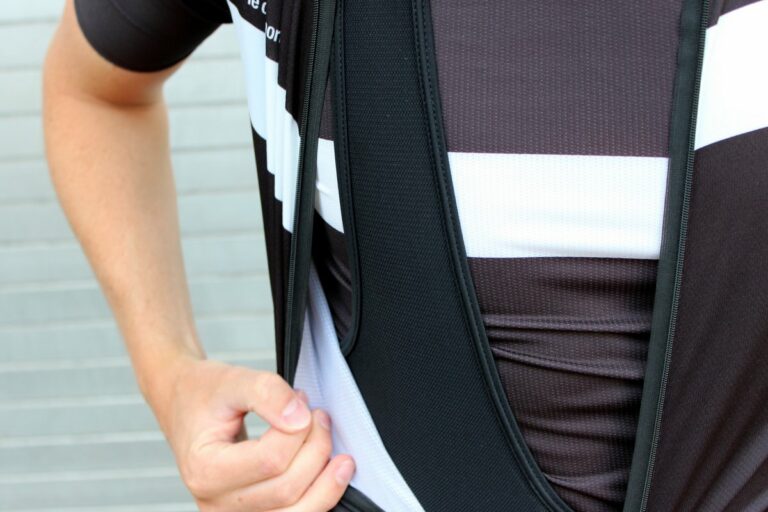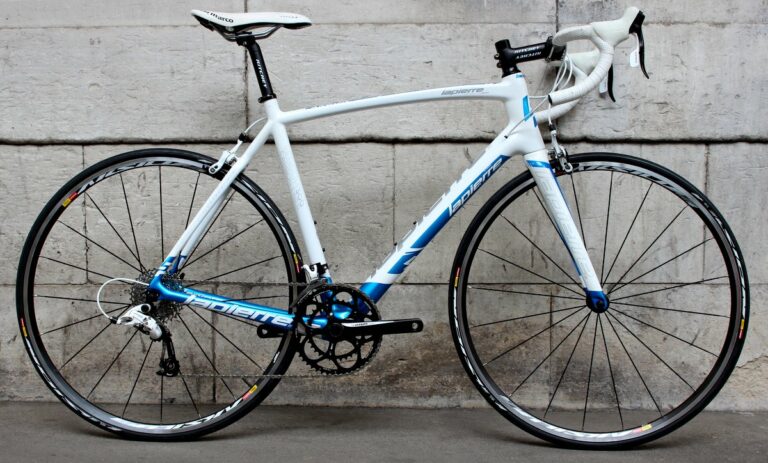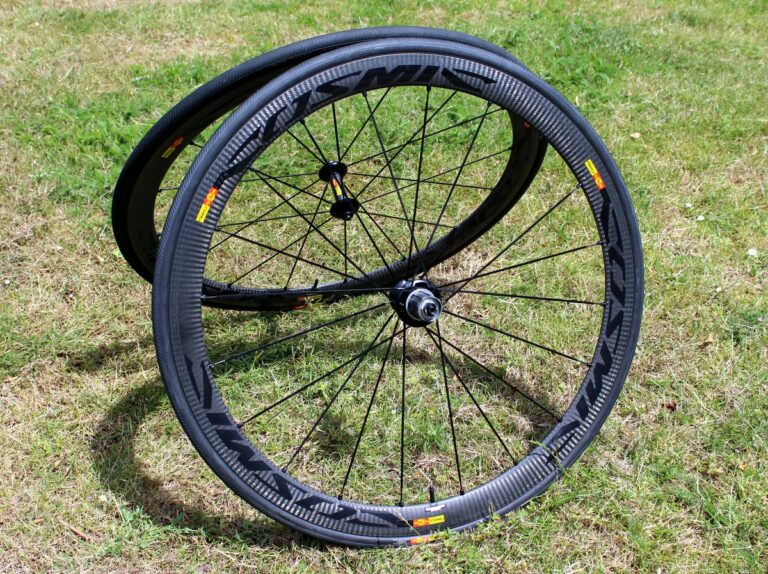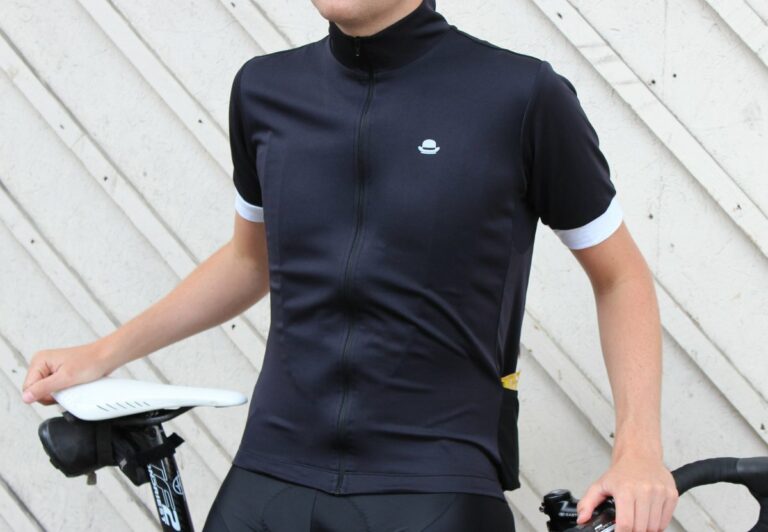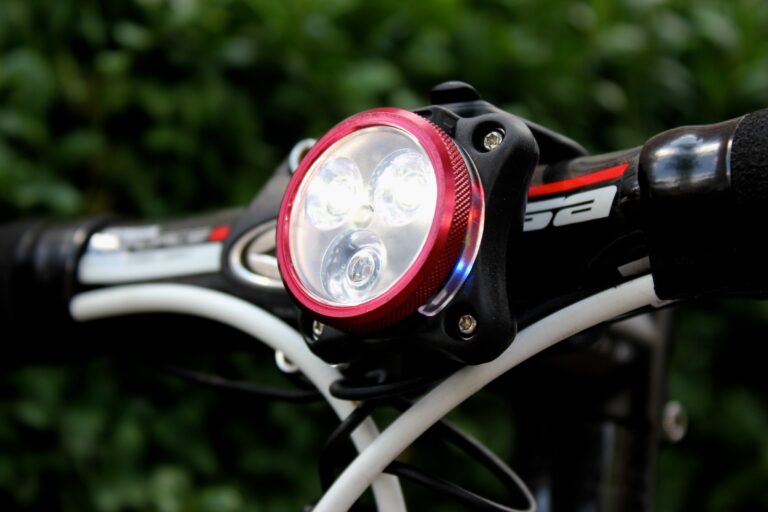We’ve used the Inside Line Equipment Transfer bag extensively over the last six weeks.
It’s accompanied us on two trips to France and various domestic assignments, and on each occasion it proved a faithful companion, simple to use and able to store all we’ve needed to carry.
For a detailed description of the Transfer bag’s materials and features, check out our ‘first look’ article, published before testing began. Here, we’ll focus on how it performed.
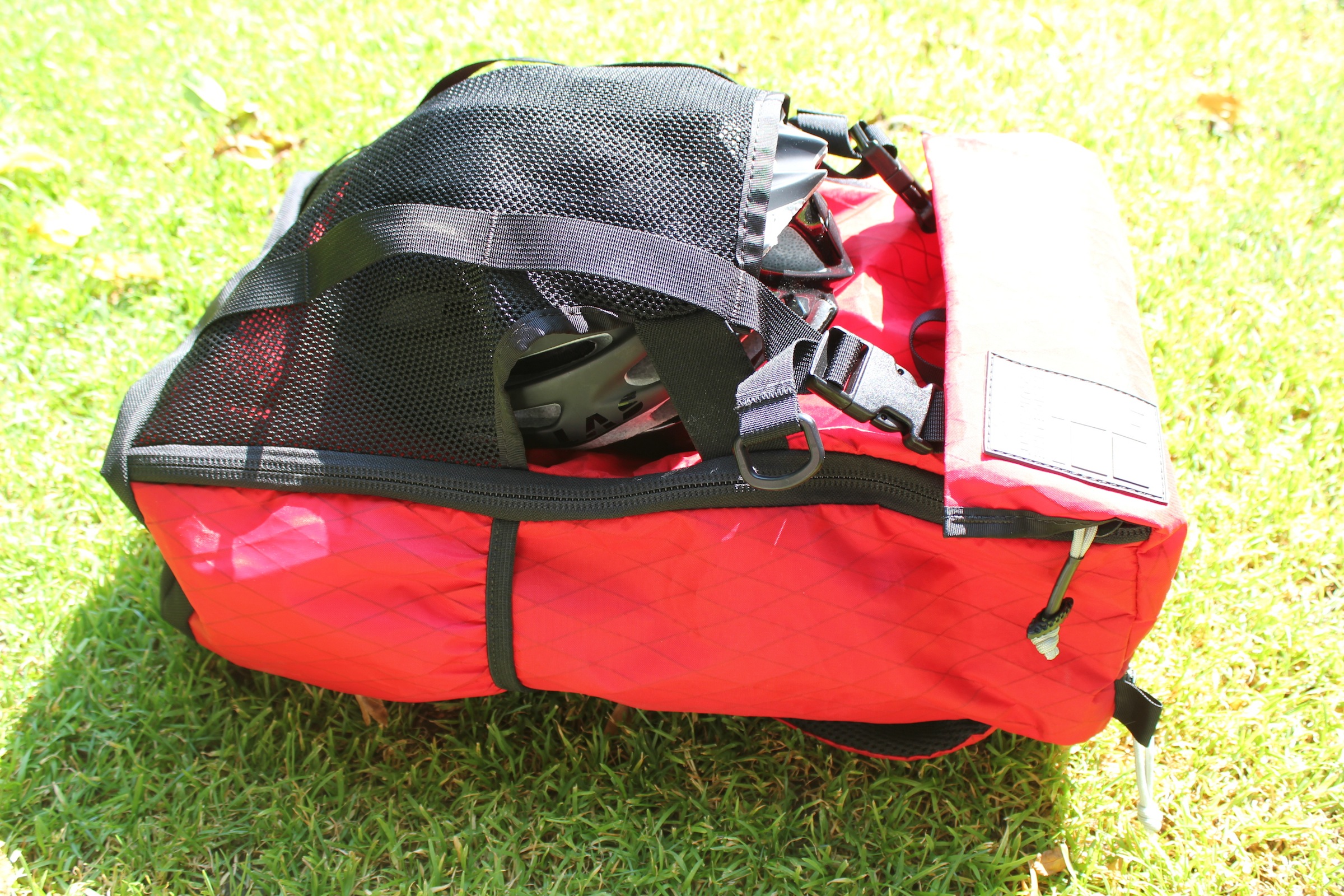
The Transfer bag’s greatest feature proved to be the full-length zips that run either side of the main compartment, allowing it to be opened like a suitcase. These afforded easy access to the Transfer’s contents and banished any blind fumbling for items (typically, easily-split energy gels) lost to the bottom of the bag.
The internal compartments were also handy. Two net pockets lining the inside of the ‘back’ of the bag (the panel that faces outwards when worn on the shoulders) proved useful to store pedals and nutrition (gels, energy bars, drink sachets) respectively.
The Transfer bag accompanied us on two trips to France and various domestic assignments, proving a faithful companion on each occassion, simple to use and able to store all we needed to carry
A draw string bag sewn on the ‘floor’ of the bag is recommended for storage of wet kit or shoes, and we used it for the latter, where it provided ample storage for our size 41 footwear. (Had our test been conducted in winter, it’s likely we would have stored clothing in there, too).
The internal bidon pockets were useful, but their positioning at the base of the bag clashed with the bidon pockets on its outside, representing the sole area for improvement.
While we’re dealing with the Transfer bag’s external facets, the ‘top’ pocket, one that sits immediately behind the head when worn on the shoulder, was extremely useful for storage of valuables (passport, wallet, boarding pass etc). Sensibly, Inside Line have placed the zip on the ‘inside’ edge of the flap, making access extremely difficult for anyone stood behind.
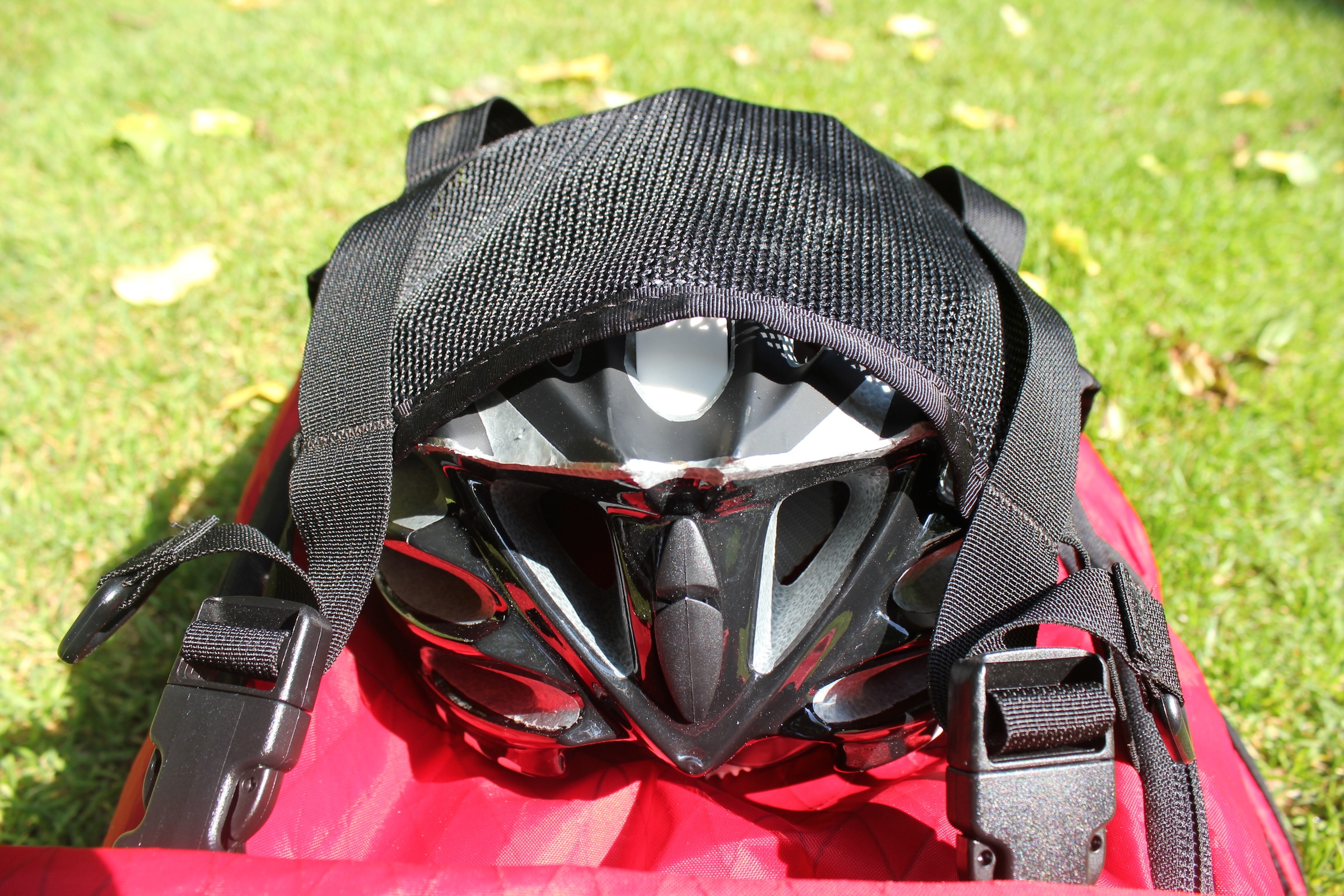
The shoulder straps and back panel were well padded. On our trip to Anjou Velo Vintage (a fun ride through the Loire countryside – more of which on RCUK soon), we wore the Transfer bag for the 35km duration. It stayed in place and bore its admittedly lightweight burden well, spreading the load evenly across the shoulders. The sternum strap proved useful here, too.
The ride ended in a heavy shower, but the Transfer’s sail cloth exterior stood up to the challenge, keeping the contents of the main compartment and the top pocket dry.
The Transfer bag’s greatest feature proved to be the full-length zips that run either side of the main compartment, allowing it to be opened like a suitcase
Its final external feature, the helmet net, was another significant boon. Helmets can be among the most awkward items to store, but the elasticated net freed up space in the internal compartment and provided ample protection for the shell.
Would we recommend the Inside Line Equipment Transfer bag? Wholeheartedly. The positioning of the bidon pockets is a minor issue, and it excelled in every other regard, proving extremely functional.
Priced at £159, it’s unlikely to be the cheapest on the market, but the quality of the materials and manufacture (by hand, In California) is hopefully an indication that its durability may represent a decent return on investment. During our admittedly brief acquaintance, the Transfer has shown no signs of wear.
Website: Inside Line Equipment
UK distributor: VAM Performance

